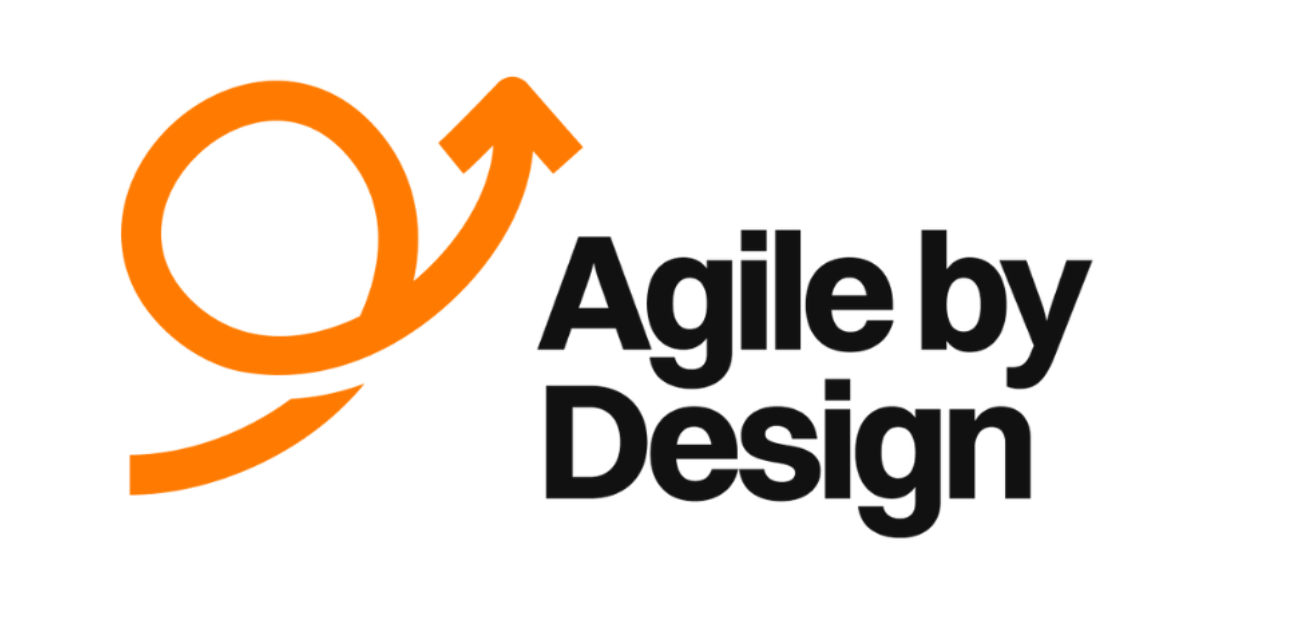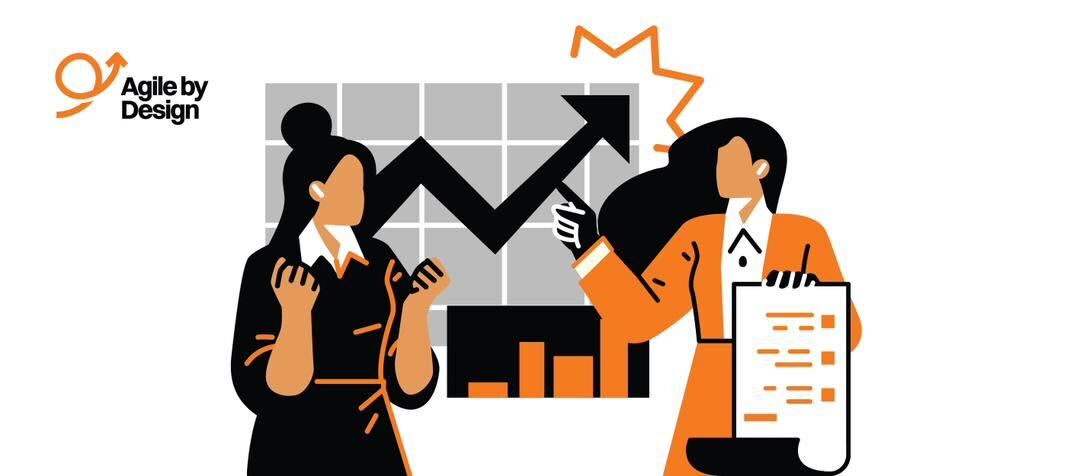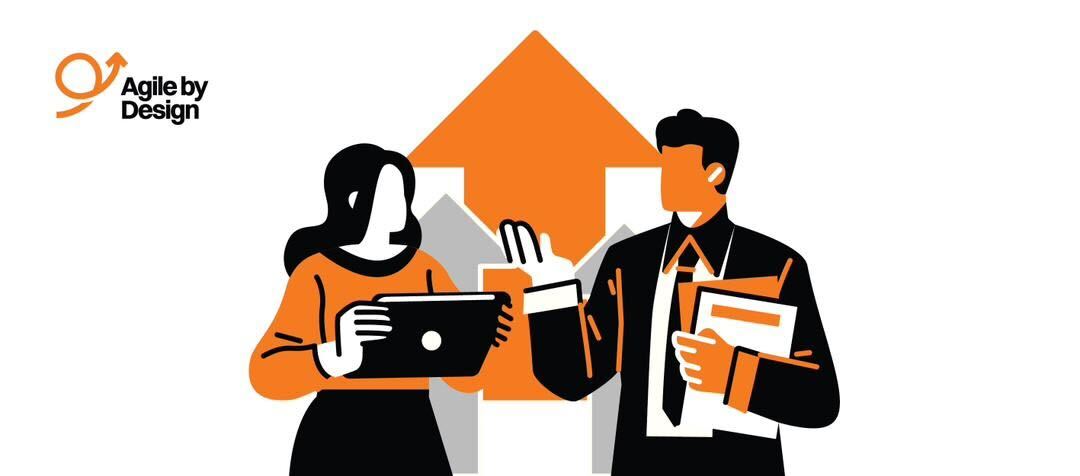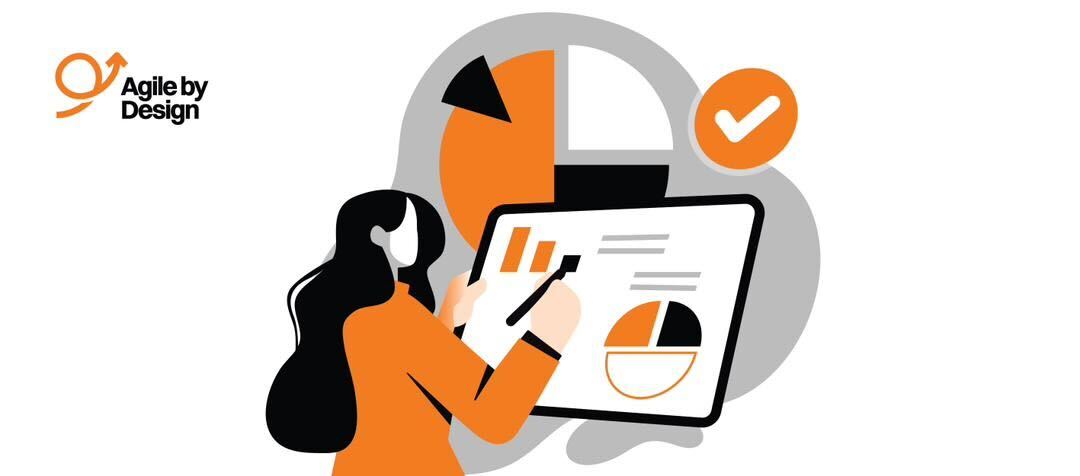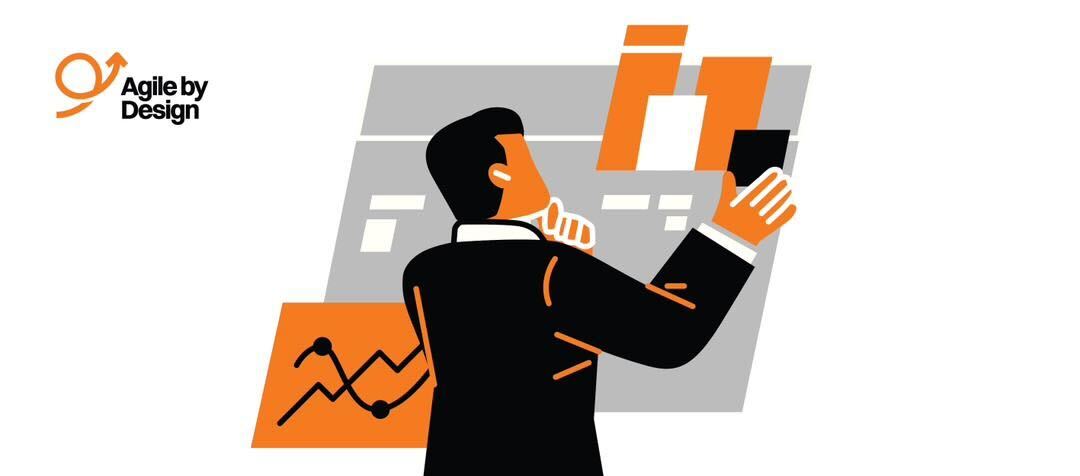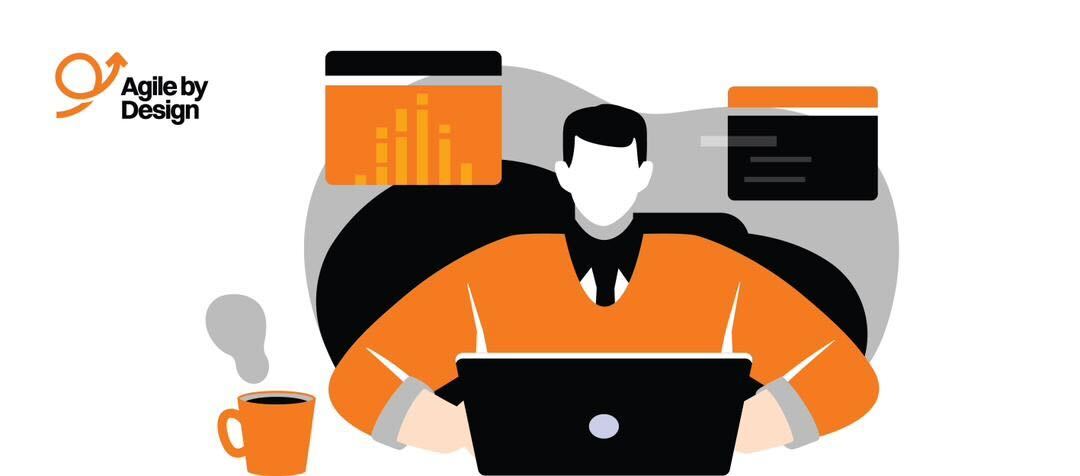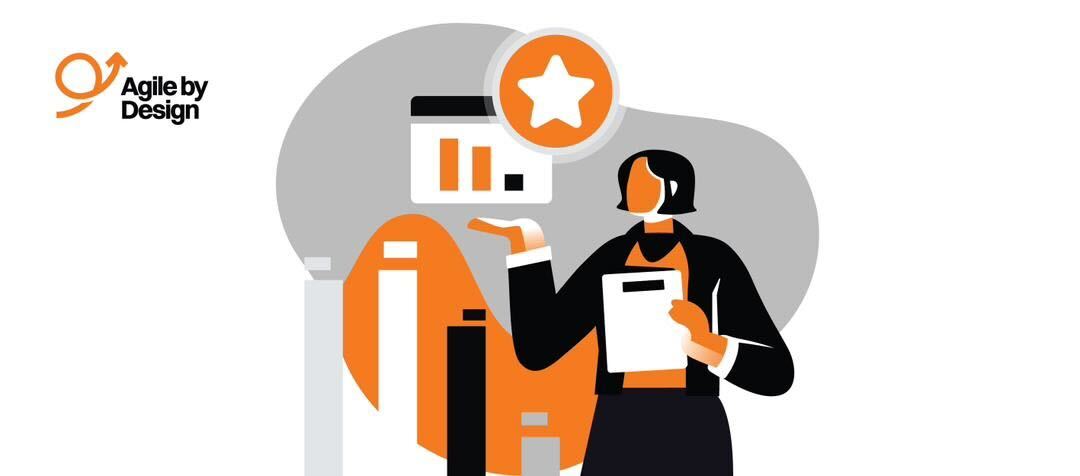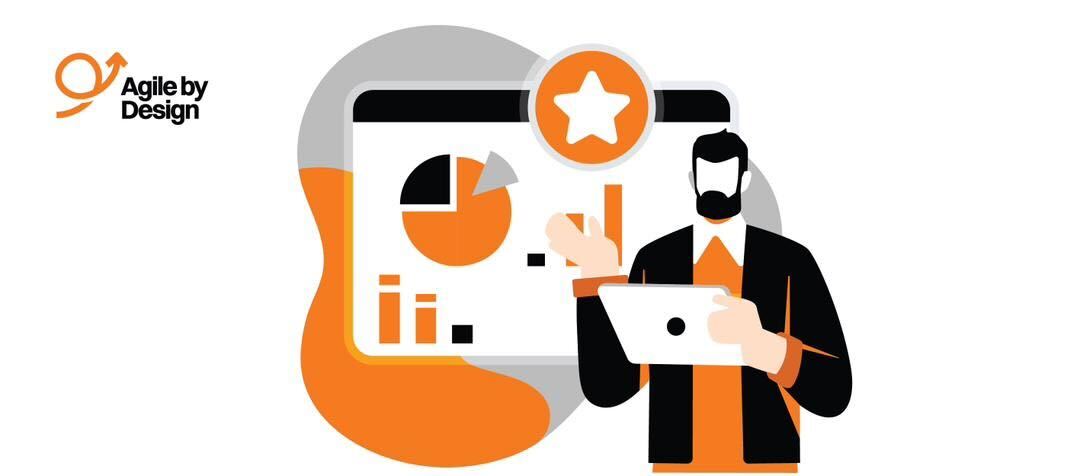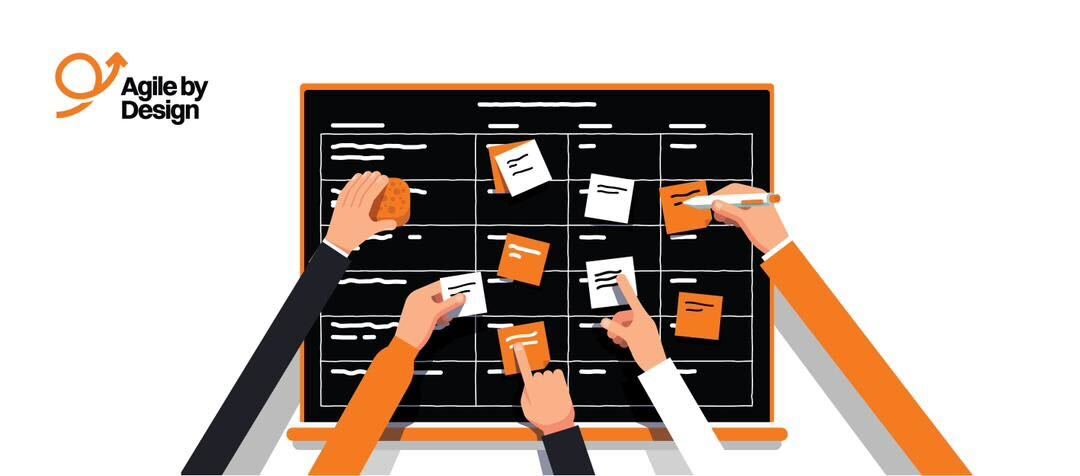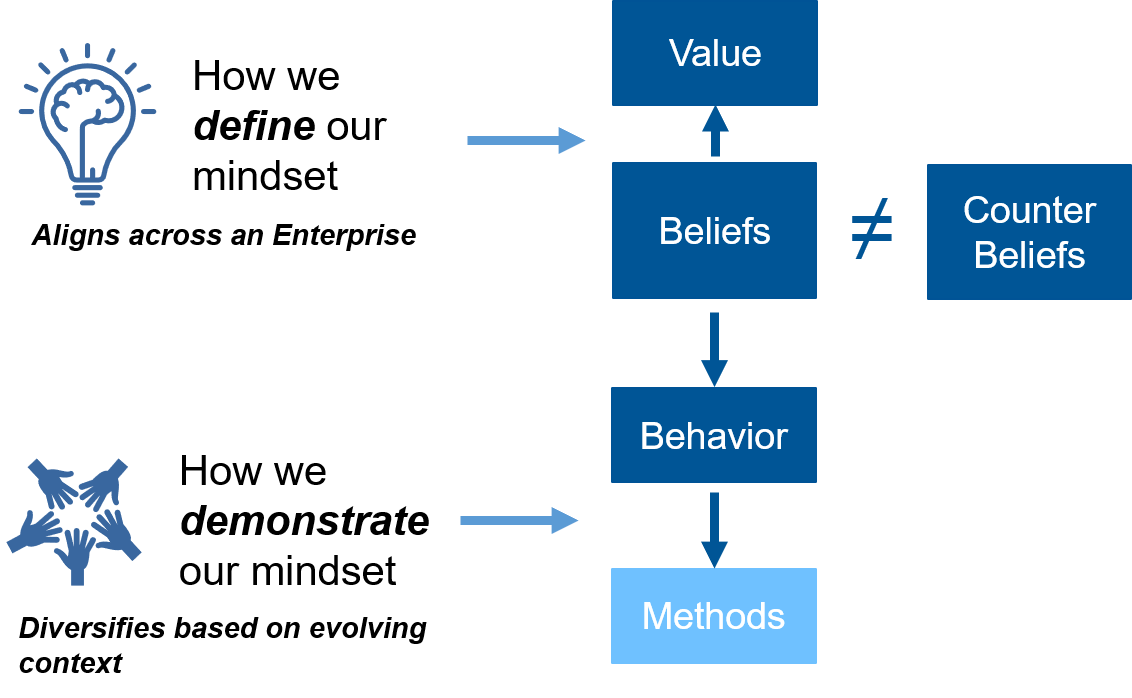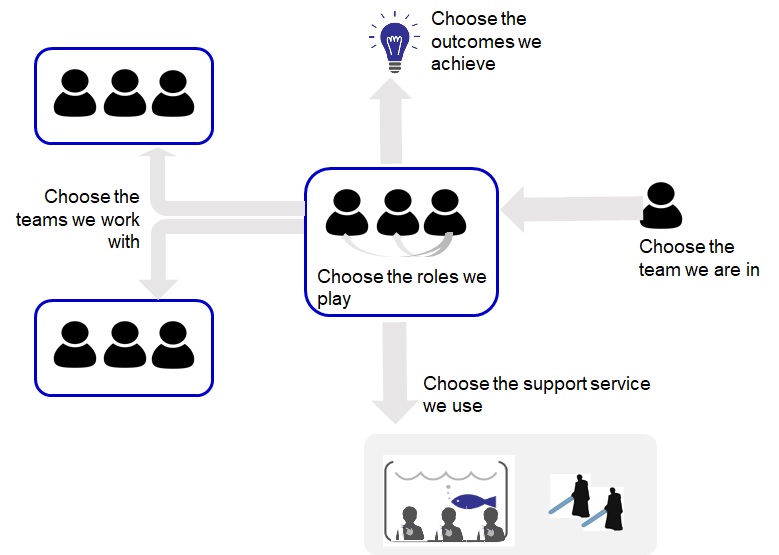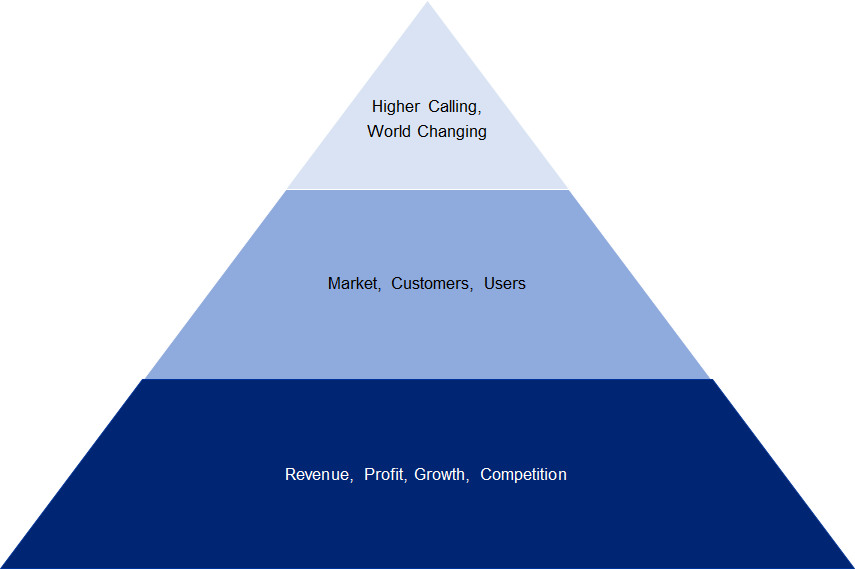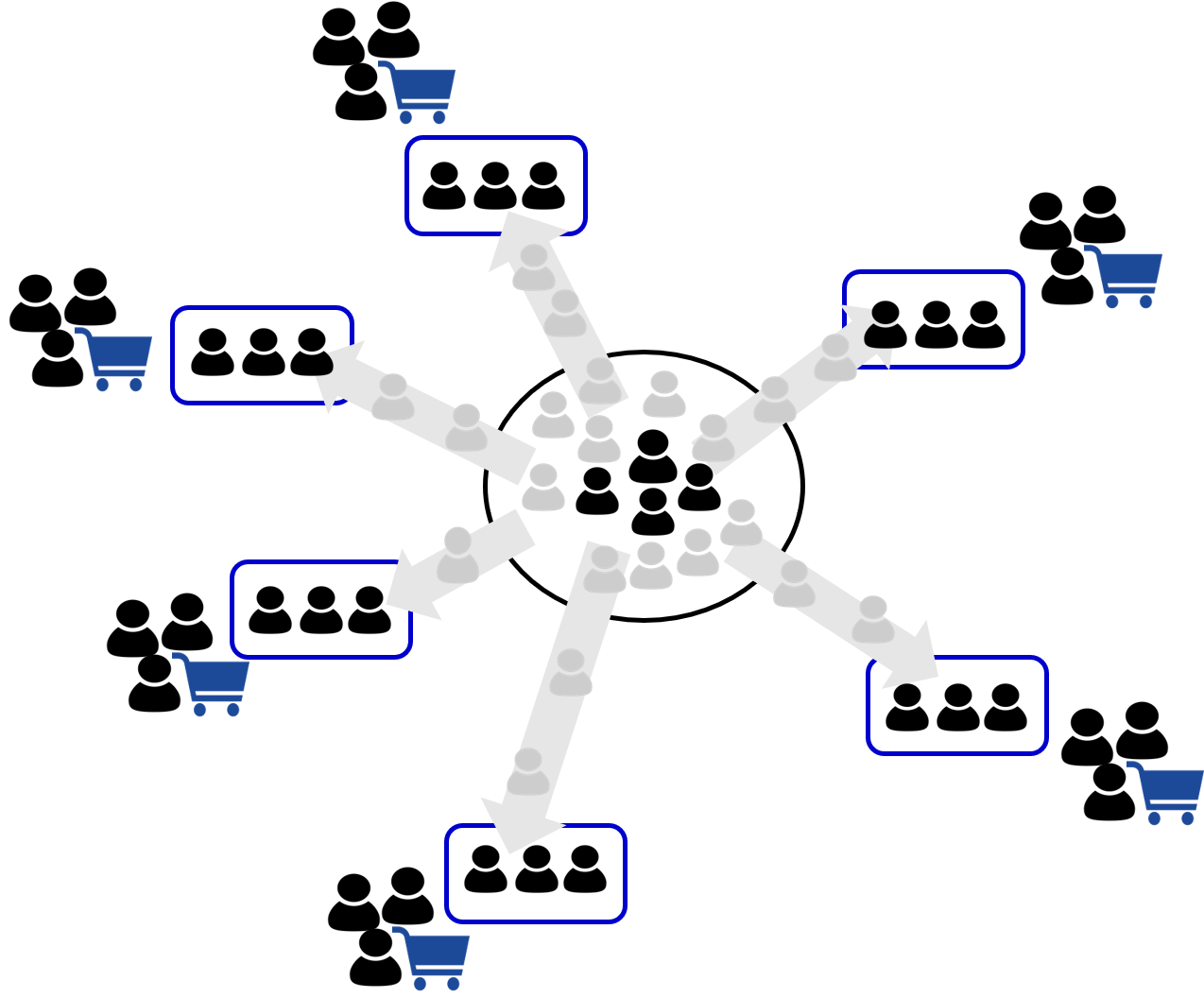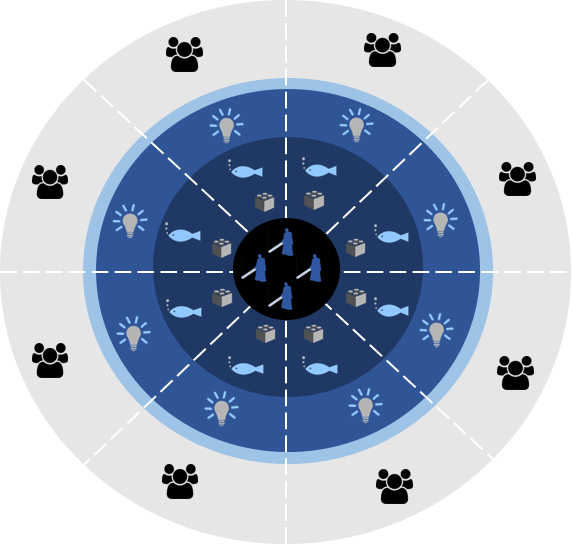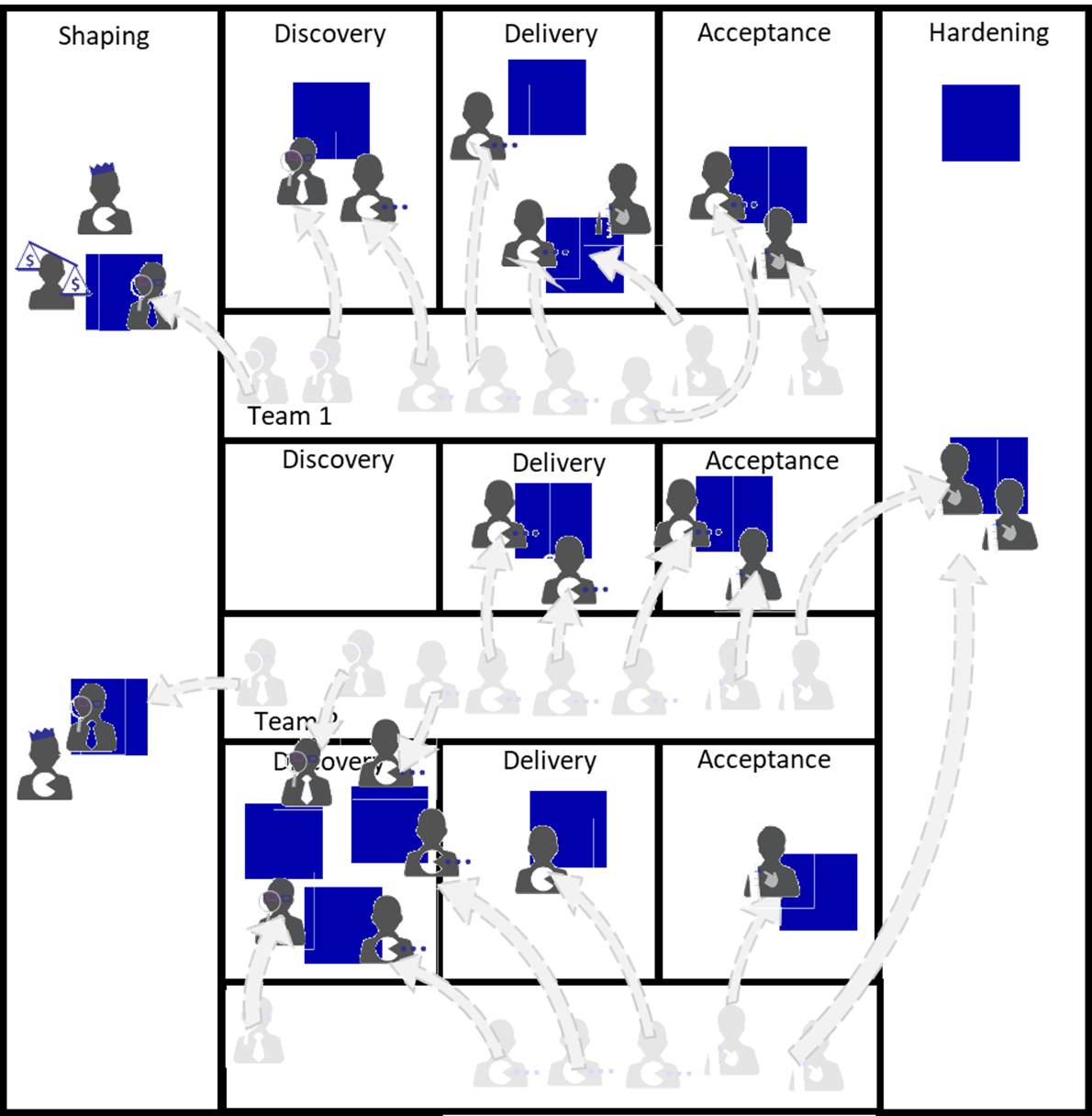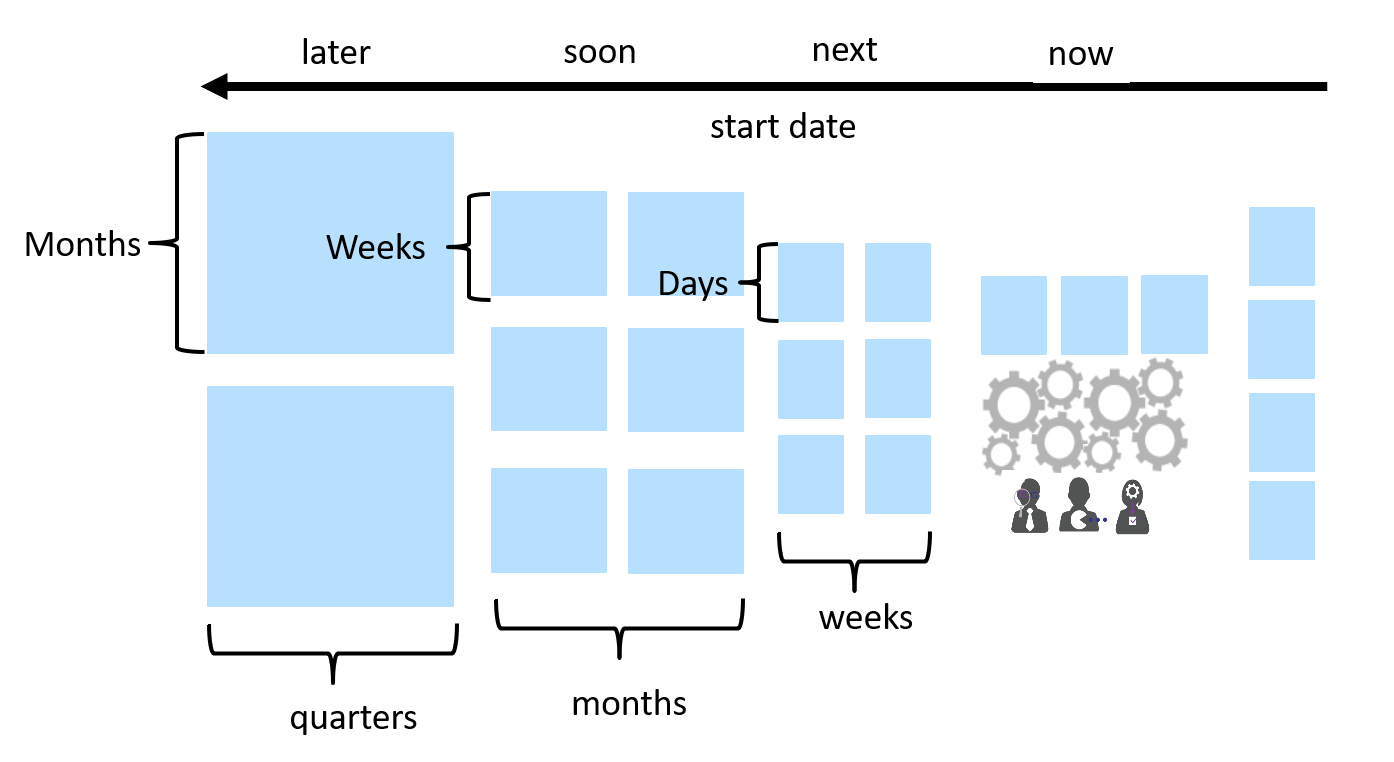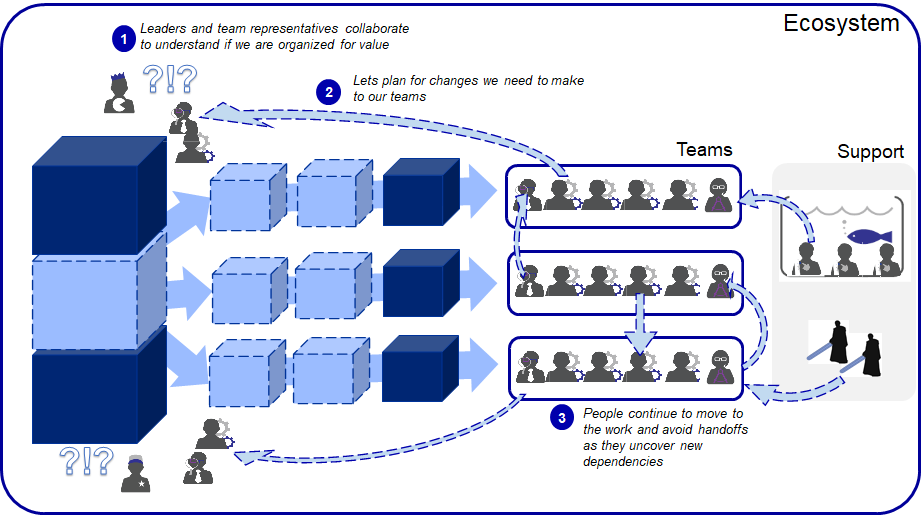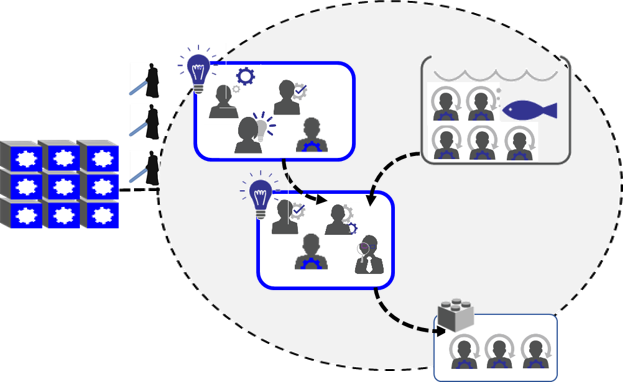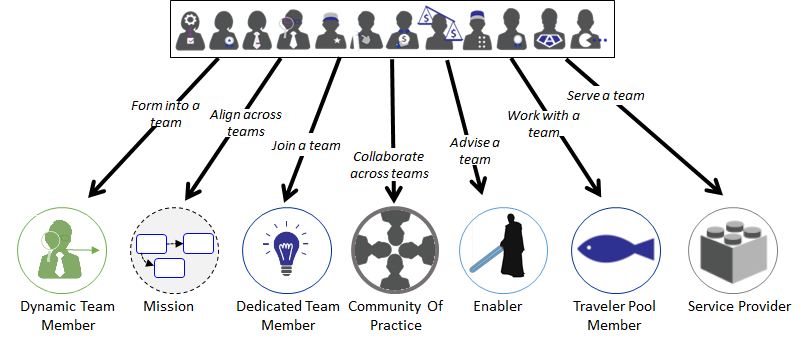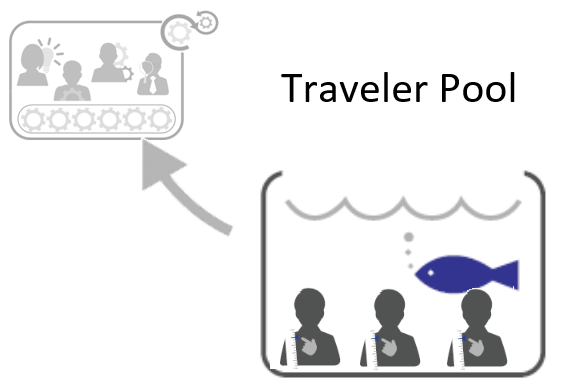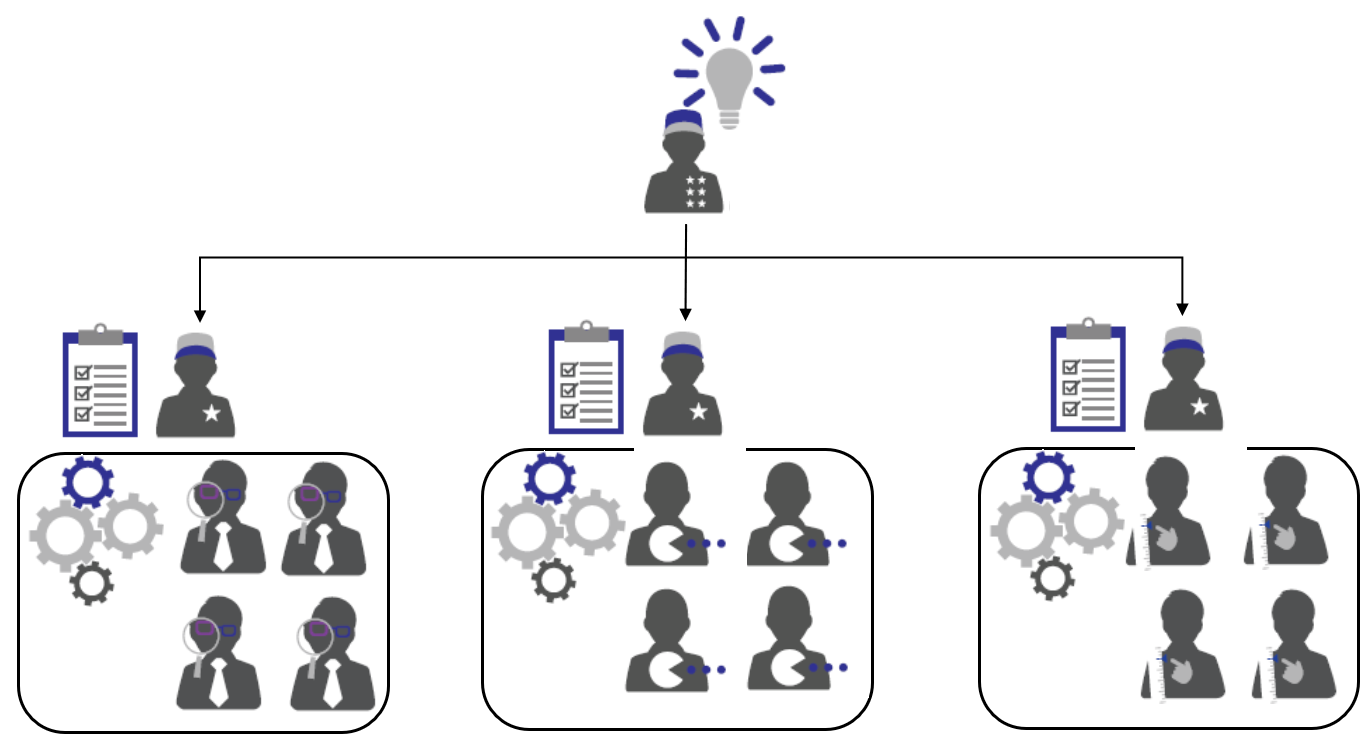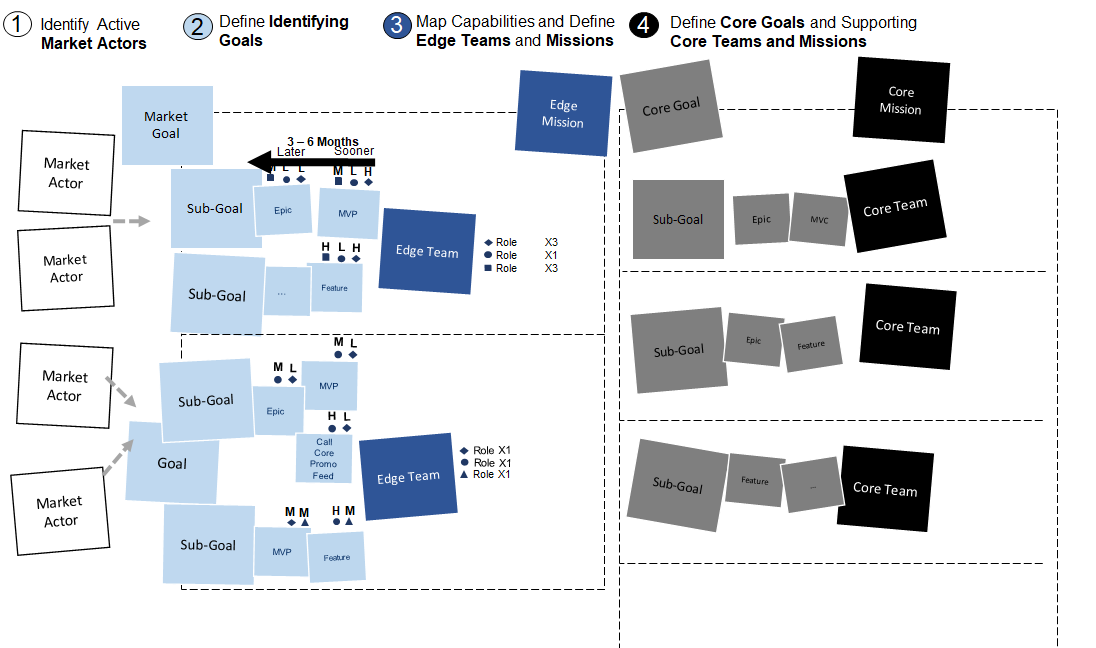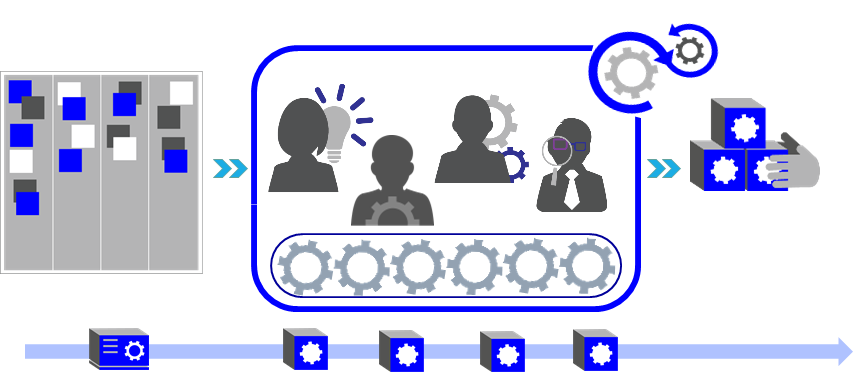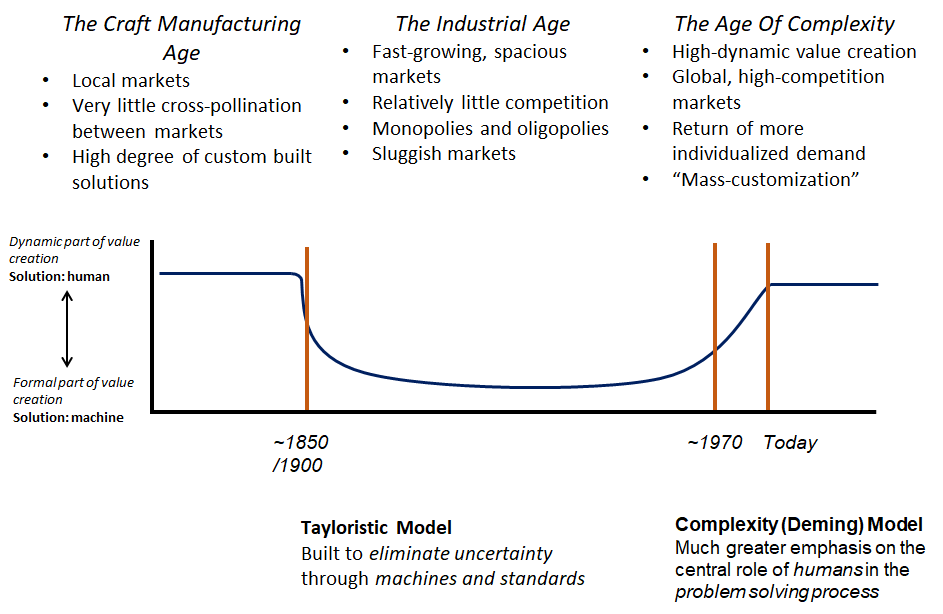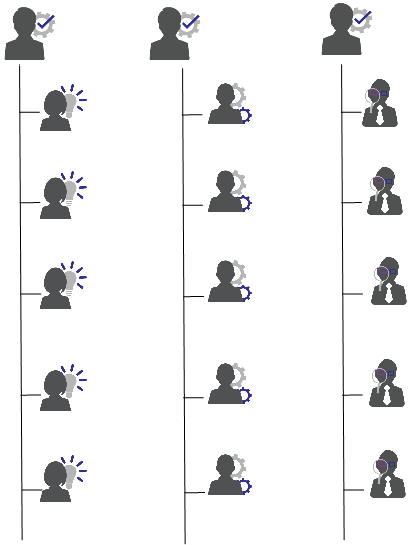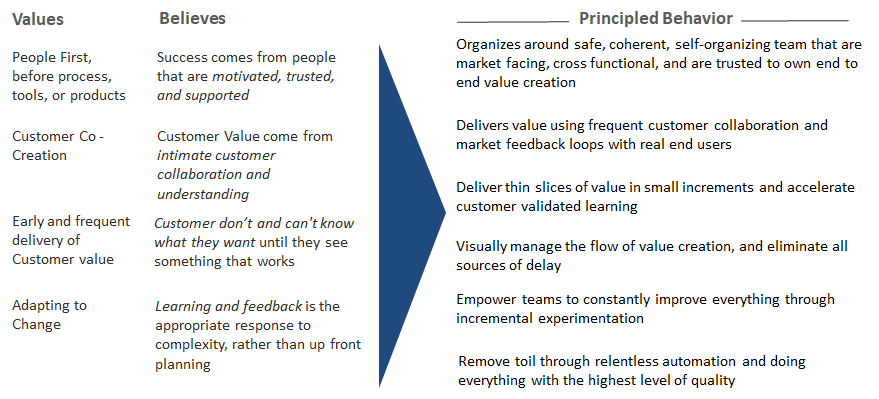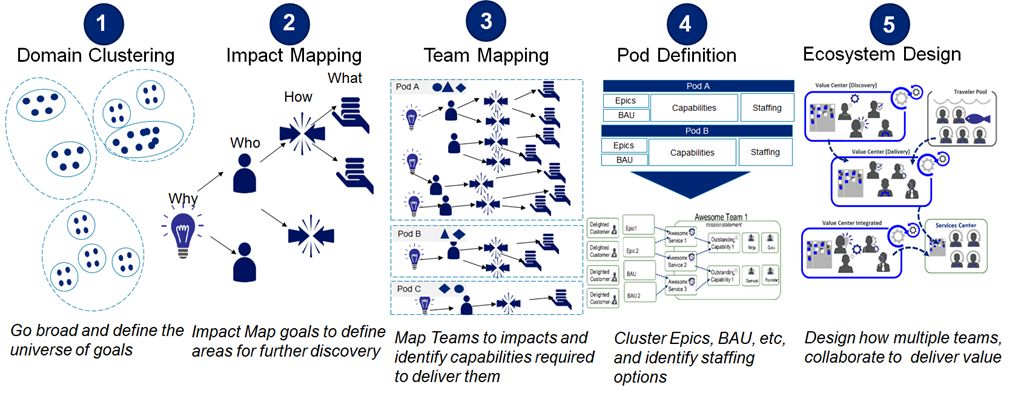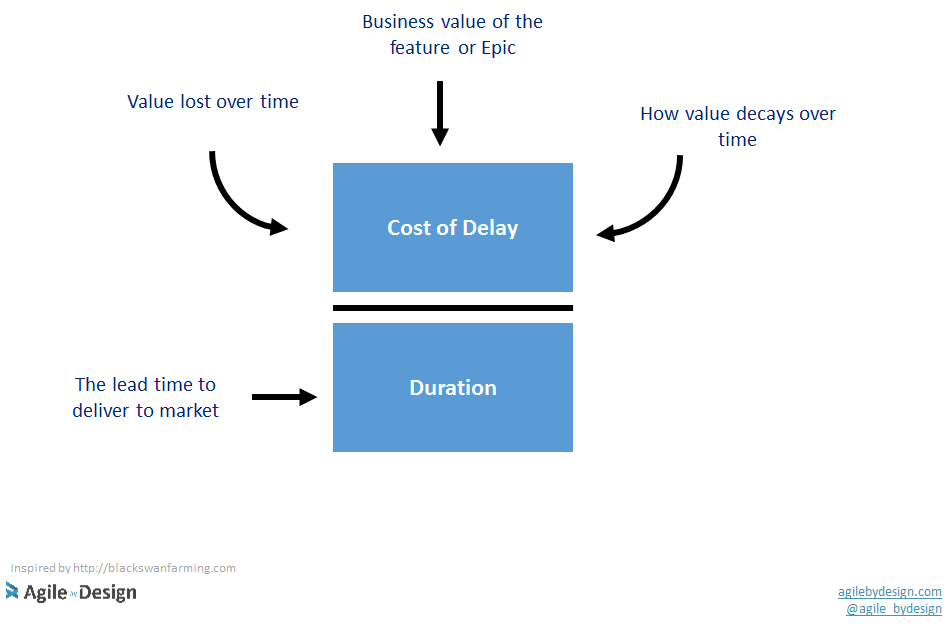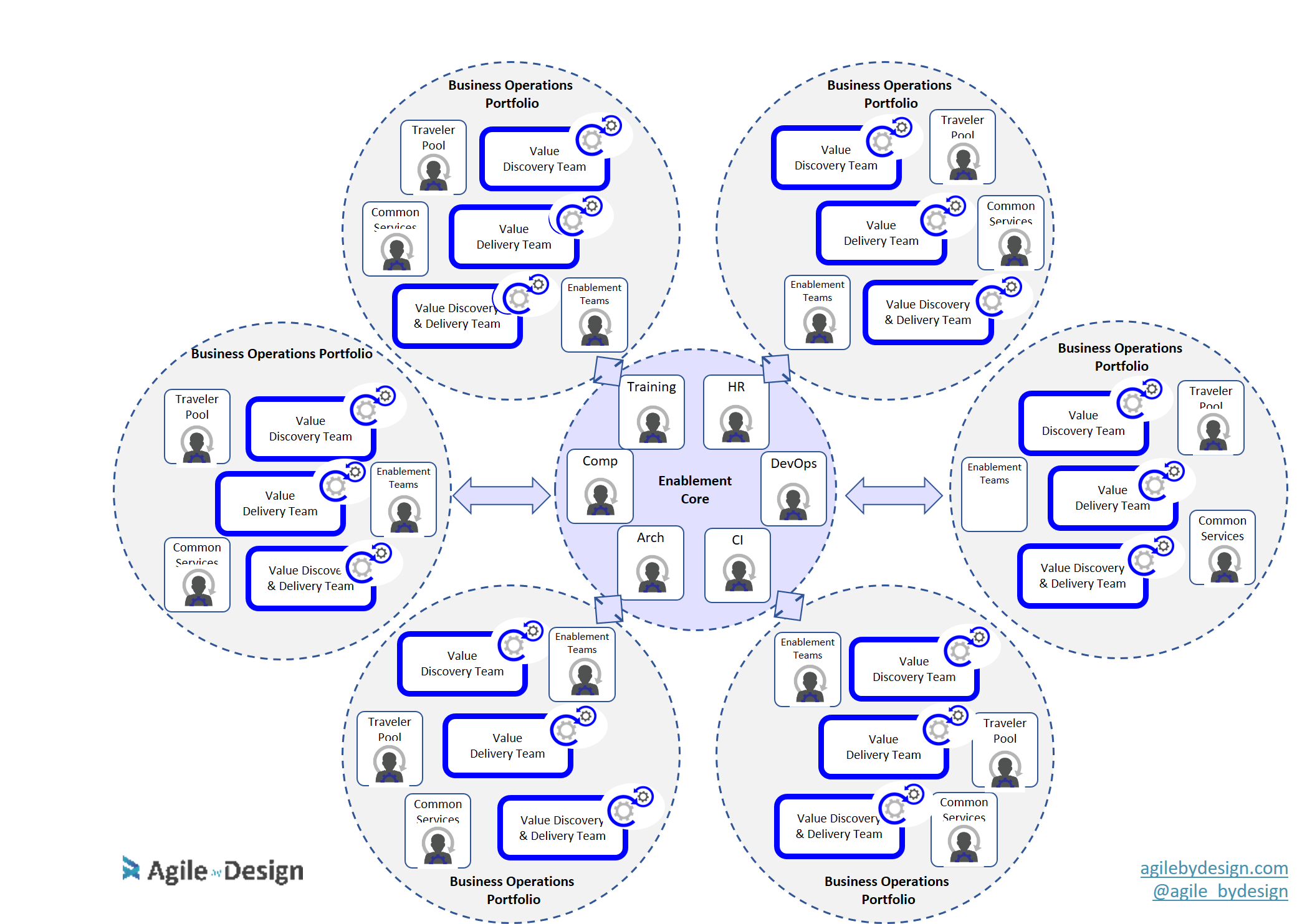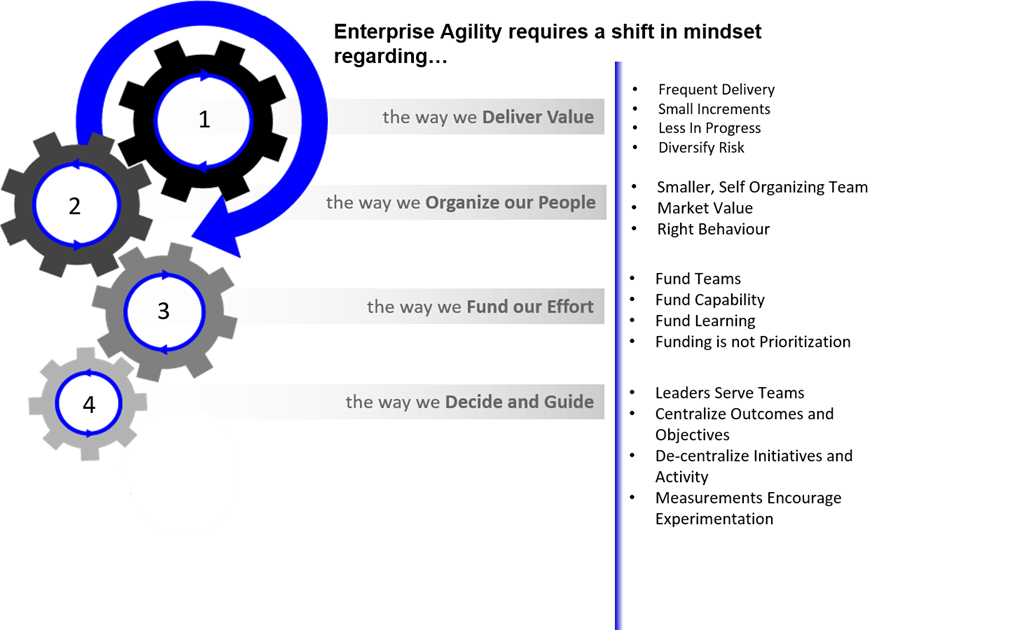THIS IS DIFFERENT...
As agile coaches, we know ourselves as agents of change and servant leaders. Historically, the effectiveness of our service has been best accomplished through in-person human-to-human interaction and the exchange of ideas. The idea of working from home is, well, different. It brings forth a brand new world and one that calls for our immediate adaptation so that we can help our clients excel and soar to new heights.

"As coaches, we help our clients navigate complexity and uncertainty. What's more complex, and uncertain than a pandemic that forces everyone to work from home? This is what we do, and we're excellent at it."
- Senior Agile Coach at Agile By Design
LIKE LOSING A LIMB
A significant part of being a coach is observing and working off of non-verbal cues. Cues such as body language, tone, and the words unsaid. We use these cues to engage with our clients, to find the root of the situation and help them solve it. Working from home means likely going without these cues. We are going to need a different approach altogether.
THIS IS SCARY AND NEW FOR EVERYONE
"Want to build credibility and trust with someone? Help them solve their biggest problem."
- Senior Agile Coach at Agile By Design
As coaches and consultants, we help our clients free themselves of significant roadblocks and areas where they are being thwarted from reaching a resolution.

I am working with a dynamic and creative team of 20 people. In order to get back to business as usual, there are several services that we decided to recreate in a remote fashion. The first was building a digital Kanban board using JIRA where we would visualize and track our work. Once we had that set up we decided to tackle the following services:
- Focusing in on specific units of work (stories)
- Performing sprint planning with a large group
- Making sprint commitments
- Tracking sprint and MVP metrics
- Building a delivery plan
- Collaborating effectively across several teams
I took this opportunity to be creative and experiment with the tool, read in-depth about the subject online and consult other coaches to come up with suggestions on ways to address these services. We then had a dry run with a small subset of the team for a quick round of feedback. Finally, a lead on the team facilitated a one-hour demo of the tool covering the backlog of services and suggested solutions. This gave the whole team an opportunity to learn, ask questions and provide feedback.
HOW IS THIS IMPACTING PRODUCTIVITY?
As a team committed to excellence, we continued to track our progress to assess if working remotely was impacting our ability to deliver.

We looked at historical data that we've tracked over past sprints and compared it to our current remote sprint. Interestingly the team had committed to 1.8x more stories than our average during this sprint. In addition, amazingly, on day 5 of a two-week sprint, the team was trending ahead to achieve their sprint goal. It will be interesting to track the data for the next few sprints and see how it continues to trend. (Stay tuned)
TRUST & COLLABORATION

One could say that by working together in close proximity every day, chatting, eating lunch together, discussing daily topics, that we create a certain type of relationship where trust and rapport emerge. That same quick and easy sense of trust may not be as readily available when we connect across a screen, a mic, and headphones. At times like this, what may bridge the gap may very well be promoting a culture of safety and transparency at every level of leadership. That may look like bringing a higher level of authenticity to our virtual interactions and making each other feel heard, supported and understood using every tool available; our voice and image are two such powerful tools.
A simple way to increase trust and collaboration among the team is to encourage video calls instead of just phone calls. Yes, that means brush your hair and maybe put on pants. I assure you the trust and camaraderie gained is worth the effort.

Communication is only 7 percent verbal and 93 percent non-verbal. The non-verbal component being made up of body language (55 percent) and tone of voice (38 percent). When the primary means of communication is over the phone, you're leaving out more than half of the communication. By turning on video, you see the person's hand gestures and body language. You see how they are looking off to one side, as they pause to gather their thoughts, which helps you better understand that they're thinking. That same pause without the video may prompt you to assume that they are not listening to you/are distracted.
What I did as a coach is turn on my camera, and that encouraged several others to turn their cameras on. What I've found is that the video calls we had were much smoother, more productive, required less repeating, and participants came away from the calls feeling more understood.
WEEKLY SERIES - STAY TUNED!
Stay tuned next week to read about all the new adventures the Agile by Design coaches are out to tackle!








